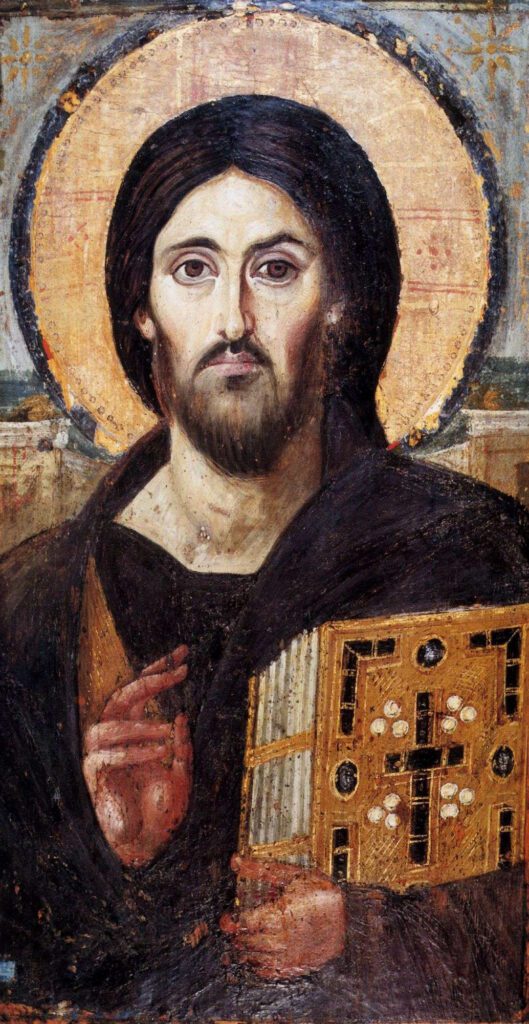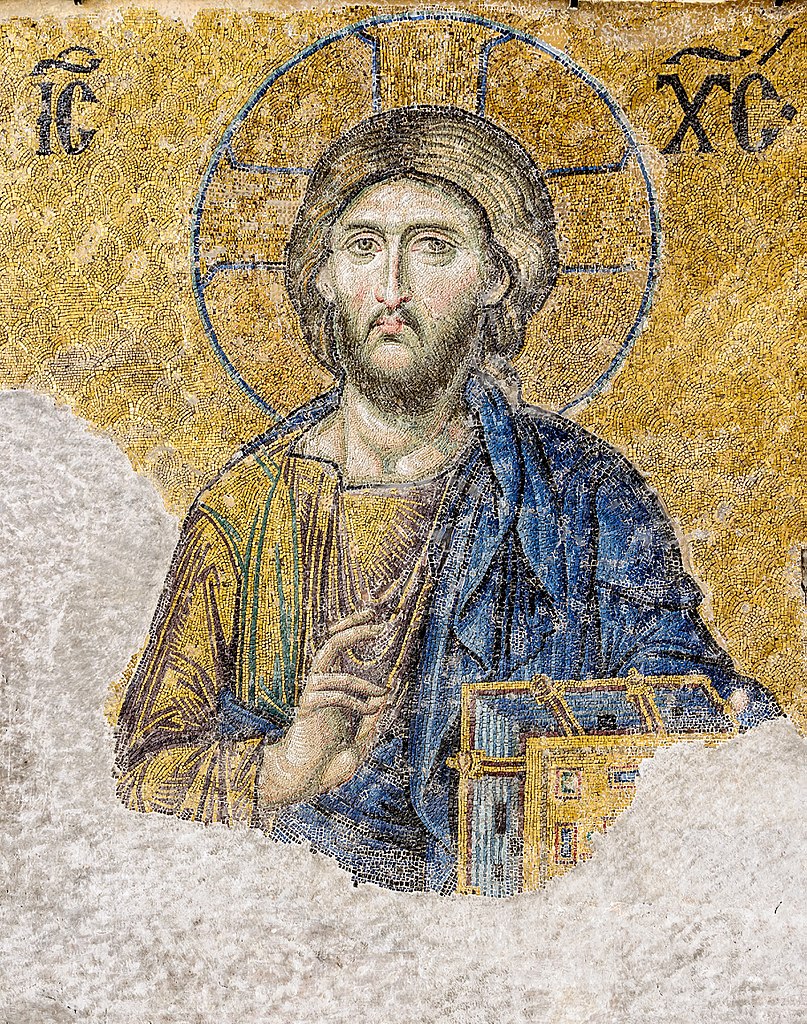5 Things You Need to Know About Cupid
Cupid is the ancient Roman god of love and the counterpart to the Greek god Eros. It’s him who inspires us to fall in love, write love songs...
Valeria Kumekina 14 June 2024
When the Hebrew Bible was translated into Greek, the word Almighty was rendered Pantocrator, from the Greek words pas (all) and kratos (might, power). The Pantocrator Christ is one of the most recognized depictions of Jesus, and the oldest of these comes from a 6th-century icon in the Greek Orthodox Monastery of St. Catherine, in the Sinai Peninsula.
I am Alpha and Omega, the beginning and the ending, saith the Lord, which is, and which was, and which is to come, the Almighty.
Revelations 1:8, The Bible.
This is the Scripture that inspired the portrayal of the Pantocrator Christ. During the early church, the most common depiction of Jesus was as the Good Shepherd, who protects his sheep. This imagery would have appealed to the needs of the early Christians who faced persecution from within their own communities. As Christianity spread, the threats started to come from the outside, through the constant invasions of various groups such as the Huns and the Vandals. The portrayal of Christ changed accordingly to that of an all-powerful, enthroned God—the Almighty—who ruled his flock and the whole world.

We owe the preservation of this Pantocrator Christ icon to the remoteness of the monastery where it resided. It was far away enough to survive the iconoclastic controversies that pervaded the Eastern Church for over 100 years, starting in the 8th century.
The icon is painted with hot wax, a technique known as encaustic, onto a wooden panel, with dimensions of 84 cm height x 45.5 cm width x 1.2 cm depth. The experts who have studied it believe that it was originally a larger image, and at some time during its long life it was cut to the current dimensions. It shows Christ wearing a purple robe, a recognized symbol of royalty throughout the ancient world. He is holding a book in his left hand, presumably one of the Gospels, identifiable by its ornate cover with gems shaping the cross on the front. His right hand is raised in the traditional symbol of blessing, with the thumb and first two fingers extended, while the fourth and fifth fingers are closed. An interesting feature of this image is the two distinct hemispheres in his facial expression, emphasizing the dual nature of Christ as fully God and fully human.



In Eastern Orthodox churches, the highest point of the church is in the dome or apse and is reserved for the Lord, the Pantocrator Christ. Mary, and the other saints and prophets are portrayed on the walls immediately below the Pantocrator, while the floor level is reserved for the members of the church. In this way, every gathering is a literal representation of Christ drawing his entire church to him.
In the Western Church, we do not find the Pantocrator Christ, but what is usually called, Christ in Majesty—a full-length representation of Christ, usually presented within a mandorla (an aureola or medallion that encloses the figure), and surrounded by the Four Evangelists or their symbols. This portrayal began to change in favor of more realistic depictions during the Renaissance.

Perhaps one of the reasons why the Pantocrator Christ is still popular within the Eastern Church is the belief that an icon becomes what it represents. Once an icon is blessed, its surface is never touched by human hands again, and when the facial features or inscriptions cannot be recognized, the icon is buried or burned. This is why iconoclasts always scratch the eyes and faces of statues, effectively defacing them and destroying their very reason for being.
The Pantocrator Christ has become a symbol of the Eastern Orthodox Church, first portrayed during the Middle Ages but with a tradition that continues even today, through worship at churches and through the veneration of icons.
DailyArt Magazine needs your support. Every contribution, however big or small, is very valuable for our future. Thanks to it, we will be able to sustain and grow the Magazine. Thank you for your help!